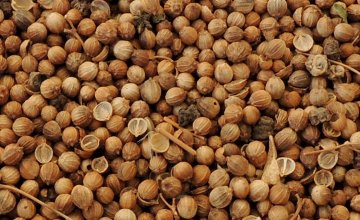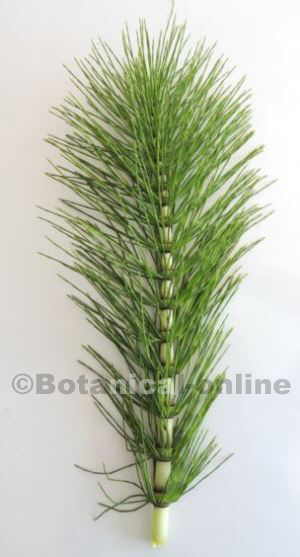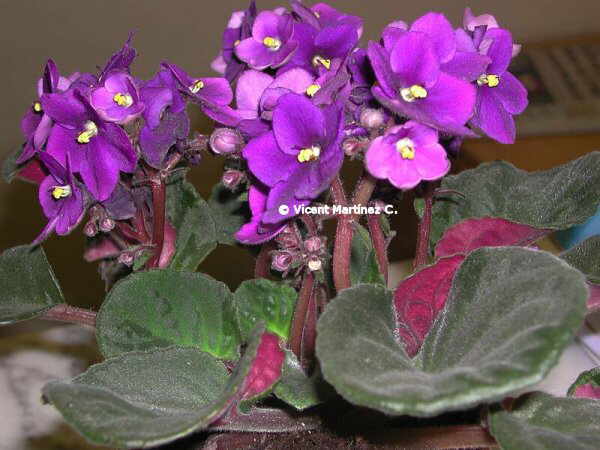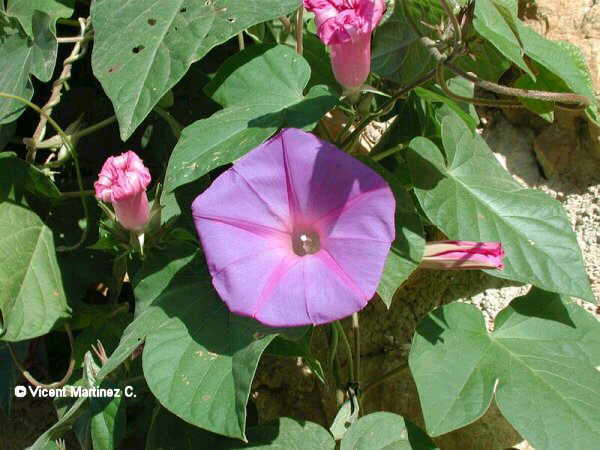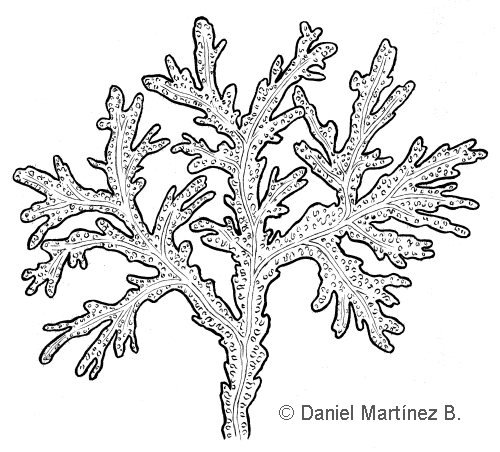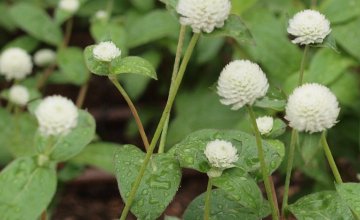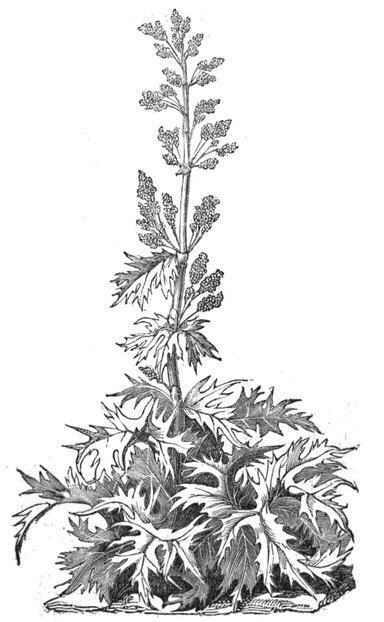Contents
- 1 Benefits of tea tree essential oil
- 1.1 Characteristics of tea tree
- 1.2 Description of tea tree
- 1.3 Habitat:Where does tea tree grow?
- 1.4 Traditional properties of tea tree
- 1.5 What is tea tree essential oil like?
- 1.6 Main medicinal uses of tea trea essential oil
- 1.7 Other non-medicinal uses
- 1.8 How to use it?
- 1.9 Toxicity, side effects and contraindications of tea tree essential oil
Benefits of tea tree essential oil
Characteristics of tea tree
– Common English name: Tea tree
– Scientific name: Malaleuca alternifolia
Genus name “Malaleuca” comes from greek ” Melas” (= black) and “Leukos” (=White) refereeing to the black color of the trunk and the white color of the branches of some species of this genus.
Species name “alternifolia” makes reference to the alternate leaves of this species
Description of tea tree
Tea tree is a bush or small tree from Mirtaceae family till 8 meters tall. Gray-colored trunk with bark that breaks into strips, revealing a darker inside.
Alternate, linear leaves, from 1 to 3,5 cm long and 1 mm wide. Glandular because of their oil content.
Very numerous white or cream flowers arranged in spikes, flowering from spring to summer. The fruit is a capsule.
Habitat:Where does tea tree grow?
It grows in the humid and swampy soils of Eastern Australia, with a warm subtropical climate. It can resist winds, salt and water stagnation very well. It also tolerates light frost when growing in full sun
In spite of being adapted to this extreme conditions, when cultivated, it prefers a well drained soil.
Traditional properties of tea tree
It is one of the plants with the highest antiseptic potential ever discovered. Traditionally, its leaves have been used by Australian natives to make infusions to treat sore throat. They are also crashed and applied on the skin as a poultice to cure or disinfect wounds.
Nowadays, this tree has become very popular because of the essential oil extracted from it.
What is tea tree essential oil like?
The essential oil or tea tree is elaborated from the leaves and shoots of this tree
This type of oil is very commercial and there is a wide variety of products on the market that contain it. It can be defined as:
- Very medicinal
- Green
- Camphorated
- Sharp and strong notes.
Main medicinal uses of tea trea essential oil
Its content in terpinene-4-ol, γ -terpinene, α -terpinene and 1,8-cineol provide it very beneficial properties for the skin, being very useful against bacteria (including Staphyloccoccus aureus) fungi (Candida albicans) and protozoa (Trichomonas vaginalis, Trypanosoma brucei or Leishmania major.
According to this effects, it is considered:
- Antiseptic: Being bactericide (it kills microorganisms) and bacteriostatic (It prevents microorganisms to grow) , it is considered to be very good to clean infections, such as acne, wounds, insect bites, burns, gingivitis, mouth ulcers, pharingitis, vulvo-vaginitis
- Antifungal: athlete’s foot, nails fungi, etc
- Anti-inflammatory: dandruff
In internal use, it has been used by means of inhaling it, for the following properties:
- To treat cough and cold
- To boost the immune system.
- Antioxidant
Due to the toxic effects of its components, it must not be inhaled or taken in internal preparations
Other non-medicinal uses
It is used for making shampoos and soap, presenting antiseptic and deodorant properties.
How to use it?
It must be always used externally. Ingestion of this type of oil is not advised in spite of it is being used
You can use put two drops in a cotton and apply externally on the affected area.
For mouth or throat treatments, dissolve two drops in a glass of water and make gargles or rinsings. Use the same method for vaginal or vulvar infections. Do not swallow the preparation.
In case of dandruff, add some drops to a natural home-made shampoo
Toxicity, side effects and contraindications of tea tree essential oil
- Used externally on the skin, it generally does not present any problem, provided that it is used by adult people.
- Do not prolong its use longer than some applications
- Do not apply to children or babies.
- Because of its estrogenic properties, it can cause breast or uterine tumors in women with a history of these pathologies
- Prepubertal boys may experience breast augmentation when using soaps or shampoos that contain this principle
- It must never be used by people who have allergy to this plant or other members of the same family ( Mirtaceae)
![]() More information on essential oils
More information on essential oils

